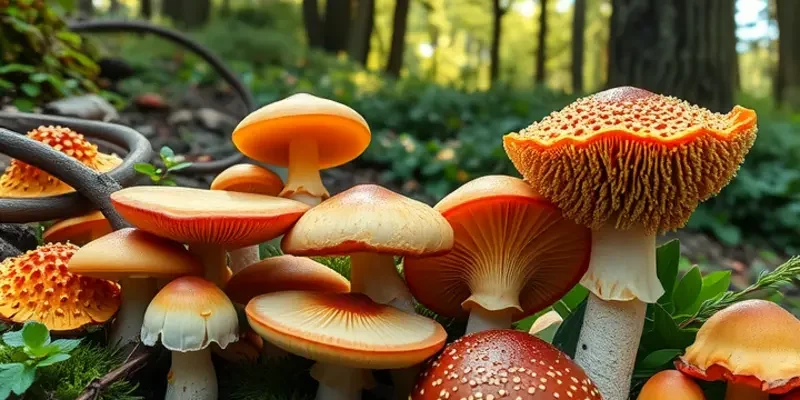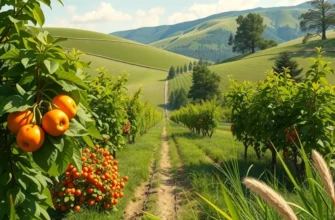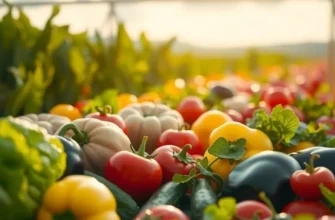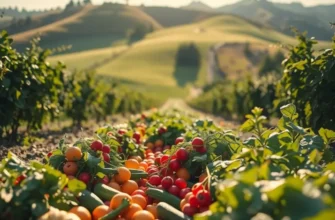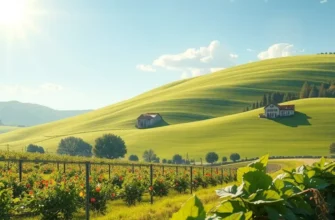Cooking mushrooms can elevate any dish, yet many home cooks struggle with this versatile ingredient. Understanding how to prepare and cook mushrooms correctly unlocks their full flavor and texture potential. From selecting the right variety to perfecting cooking techniques, this guide will take you through the essential tips for cooking mushrooms like a pro, regardless of your skill level.
Choosing the Right Mushrooms
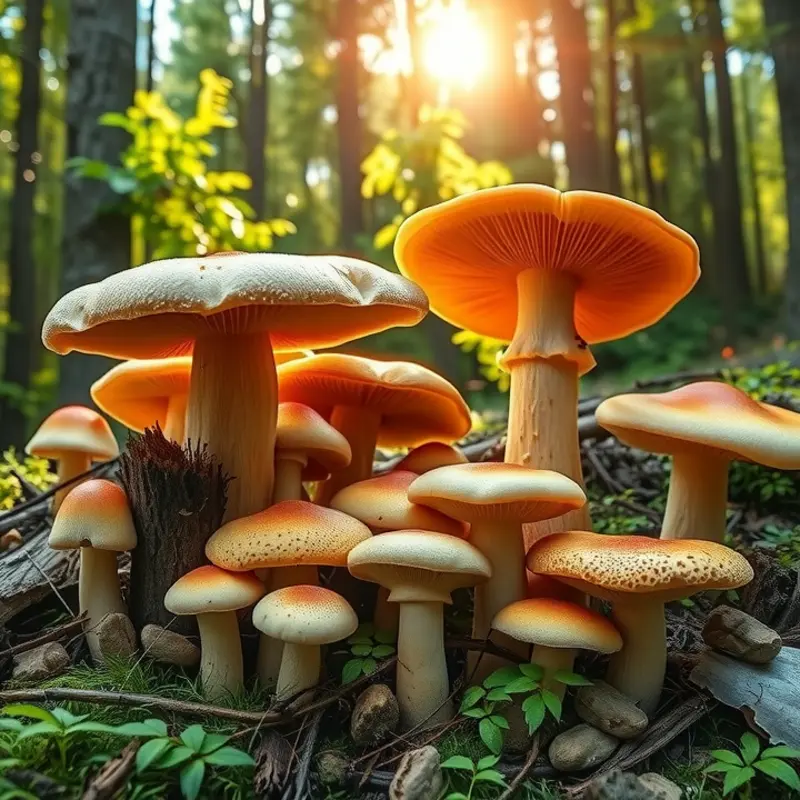
Selecting the ideal mushrooms can elevate your culinary creations. With so many varieties, understanding their unique qualities is key to maximizing flavor and texture. Let’s explore some popular mushroom varieties and how they could fit into your cooking repertoire.
Shiitake Mushrooms
Renowned for their earthy aroma, shiitake mushrooms add depth to dishes. Their robust flavor makes them perfect for stir-fries and broths. Shiitake’s meaty texture can hold up well in long-cooking dishes, providing a satisfying chewiness. Soaking dried shiitakes before use intensifies their savory profile, enhancing soups and sauces.
Button Mushrooms
The most common variety, button mushrooms, are often the first choice for many home cooks. They have a mild flavor, which can complement a wide range of dishes without overpowering other ingredients. Their firm texture makes them an excellent addition to omelets or casseroles. When sliced and sautéed, they contribute a subtle, nutty flavor, ideal for enhancing pasta sauces.
Portobello Mushrooms
If you’re seeking a meat substitute, portobello mushrooms are a great option. Their large caps can replace burger patties, offering a savory alternative to traditional meat. Grilling or roasting enhances their rich, umami flavor. Marinate them briefly to add layers of taste before cooking. Remember to scrape the gills if you prefer a less intense earthy taste.
Enoki Mushrooms
Delicate and tender, enoki mushrooms bring a different texture to the table. Their mild taste and crunchy texture make them a fitting garnish for soups and Asian dishes. Best when quickly cooked, enoki mushrooms pair well with seafood or can be tossed into salads for a unique bite. Remember, a brief rinse before use ensures they’re ready to enjoy.
Oyster Mushrooms
With their mild, slightly sweet flavor, oyster mushrooms offer versatility in many cuisines. Their wide, fan-shaped caps and tender stems cook quickly, making them ideal for rapid sautéing. In stir-fries, they absorb flavors readily, adding a subtle but significant taste. Consider using them in recipes where quicker prep is needed, as detailed in this piece on speedy seafood prep, which contains tips applicable to mushrooms as well.
Cremini Mushrooms
Also known as baby bellas, cremini mushrooms are slightly more matured than button mushrooms, offering a deeper flavor. They can be used interchangeably with button mushrooms but provide a richer taste. Ideal for sauces, they contribute a hearty umami note without overwhelming the dish’s balance. Roasting cremini mushrooms accentuates their inherent sweetness, a perfect companion to roasted meats or vegetables.
Cultivating knowledge about these varieties ensures you pick the best mushroom for every dish. By considering their unique flavors and textures, you can experiment confidently in the kitchen. Next, you’ll learn about the best practices for storing mushrooms to retain their quality, ensuring you always have fresh, flavorful ingredients at hand.
Cooking Techniques for Perfect Mushrooms

Mastering the art of cooking mushrooms involves developing a deep understanding of various cooking techniques. The goal is to enhance their naturally earthy flavors while achieving a desirable texture. Let’s explore methods such as sautéing, roasting, and grilling, ensuring your mushrooms boast a caramelized exterior and tender interior.
Sautéing: This is arguably the most common method for cooking mushrooms. It involves cooking the mushrooms in a small amount of fat over moderate heat, allowing their water content to evaporate. To achieve the best results, start by heating oil or butter in a pan until it shimmers. Add your mushrooms in a single layer, avoiding overcrowding to allow proper browning. Once the mushrooms release their moisture, they will begin to caramelize, developing a deep, rich flavor. Season with salt midway through cooking to draw out excess moisture.
Temperature Control: Proper temperature management is crucial regardless of your cooking method. For sautéing, medium-high heat is ideal. This ensures that the mushrooms cook quickly enough to brown without becoming rubbery. For roasting, a temperature of 400°F (200°C) helps in achieving the perfect balance of crispiness and tenderness. Consistent temperature allows even cooking, which enhances the texture and flavor profile of the mushrooms.
Roasting: Roasting mushrooms in the oven concentrates their flavors and enhances their natural sweetness. Start by preheating your oven to 400°F (200°C). Spread sliced or whole mushrooms on a baking sheet and toss them with oil, salt, and pepper. Arrange them in a single layer, ensuring enough space between each piece. Roast for 20-25 minutes, stirring once halfway through. The result is deeply caramelized, flavor-packed mushrooms. Add herbs like thyme or rosemary during the last five minutes for extra aromatics.
Grilling: Grilling imparts a smoky flavor that highlights the mushrooms’ umami. Preheat your grill to medium-high. Brush mushroom caps with oil and season with salt and pepper. Grill them for about 4-5 minutes per side until grill marks appear and the mushrooms are tender. Consider using a grill basket to prevent smaller pieces from falling through the grates.
Seasoning Essentials: Seasoning is key when cooking mushrooms. Salt is essential but consider adding aromatics like garlic, shallots, or herbs for depth. A splash of balsamic vinegar or soy sauce can add a touch of acidity and enhance umami flavors.
For those interested in reducing kitchen waste, consider low-waste cooking prep, which can include techniques for utilizing mushroom stems and trimmings.
Understanding these techniques empowers you to cook mushrooms with confidence. By mastering temperature control, seasoning, and recognizing the unique attributes of your chosen method, you will enhance the flavor and texture of the mushrooms, making them a versatile star in numerous dishes.
Final words
Cooking mushrooms doesn’t have to be intimidating. With a bit of knowledge and practice, you can create dishes that celebrate their unique flavors. Remember, choosing the right mushrooms and employing proper cooking techniques are key to success. Experiment with different varieties and methods, and don’t hesitate to make them a star ingredient in your meals. No matter your cooking level, these techniques will help you achieve mushroom brilliance, delightful to the palate and eye alike.

